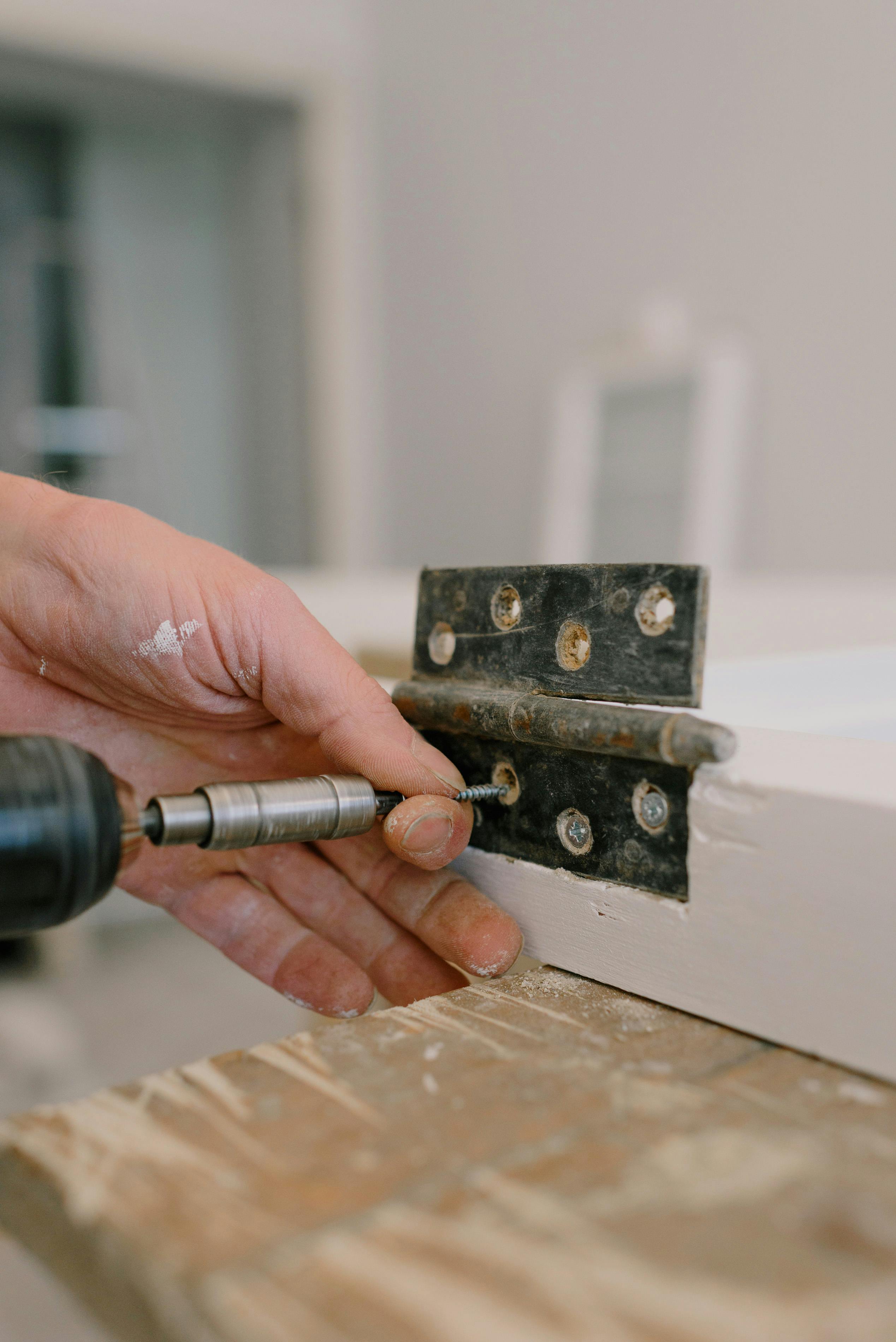
Effective Ways to Solve a Quadratic Equation
Quadratic equations, represented in the general form of ax² + bx + c = 0, are fundamental to algebra and are encountered frequently in various fields, from physics to economics. Understanding how to solve these equations effectively can greatly enhance one's mathematical skills and provide valuable problem-solving strategies. In this article, we will explore various methods for solving quadratic equations, including factoring, using the quadratic formula, completing the square, and solving by graphing. Each approach has its unique applications and contexts, making them crucial tools in your algebra toolkit.
Moreover, we will discuss the relevance of the discriminant, visualize solutions through graphs, and even share some real-life applications of quadratic equations. By understanding these concepts, you'll not only improve your algebra skills but also recognize the profound insights that quadratics can provide in mathematical modeling. Let's dive into the effective ways to approach quadratic equations!
Understanding the Quadratic Equation Types
Quadratic equations can be expressed in several forms, primarily the standard form ax² + bx + c = 0, vertex form a(x - h)² + k = 0, and factored form a(x - p)(x - q) = 0. Each form offers a different perspective on the equation and can be more suitable for specific situations.
Standard Form of Quadratic Equations
The standard form of a quadratic equation clearly shows the coefficients of the polynomial. It is particularly useful when applying the quadratic formula or determining the discriminant. The discriminant (b² - 4ac) indicates the nature of the roots—real and distinct, real and equal, or complex—which adds depth to our understanding of the equation's solutions.
Vertex Form of Quadratic Equations
In practical applications, converting a quadratic equation to vertex form helps in easily identifying the vertex of the parabola represented by the equation. This transformation reveals important characteristics, like the maximum or minimum point of the function, providing insights into the graphical representation.Naturally, this leads us to discuss how these equations’ graphical representations connect with their algebraic forms.
Graphical Methods for Solving Quadratic Equations
Graphing provides a visual method for finding the solutions of quadratic equations, commonly referred to as the "roots." The points where the parabola intersects the x-axis represent the solutions. This approach reinforces the concept of how the coefficients affect the shape and position of the parabola.
Graph of a Quadratic Equation
By graphing a quadratic equation, you can easily identify the roots. The quadratic’s shape can be affected by the value of the leading coefficient (a) determining whether the parabola opens upwards or downwards. Understanding this helps in predicting the nature of the roots and their real-life significance, such as in projectile motion or optimizing profit in business scenarios.
Intercepts of Quadratic Functions
The x-intercepts, or roots, can be visually determined where the parabola crosses the x-axis. The y-intercept can be found by evaluating the function at x = 0. Utilizing these intercepts allows for a deeper exploration of the quadratic’s behavior and aids in solving problems efficiently.
Factoring Quadratic Equations
Factoring is one of the most efficient methods for solving a quadratic equation, provided that the equation can be factored easily. Recognizing algebraic identities such as the difference of squares can simplify the process significantly.
Common Mistakes in Factoring
Students often struggle with identifying the correct factors or may attempt to factor an equation that cannot be factored neatly. Mastery of this technique requires practice and a good understanding of algebraic manipulation.
Techniques for Factoring Quadratics
A strong grasp of factoring techniques, such as grouping and the trial and error method, can aid in solving quadratics more effectively. These techniques, paired with an understanding of the associated algebraic principles, empower students to tackle even complex polynomial equations with ease.
Utilizing the Quadratic Formula
The quadratic formula, x = (-b ± √(b² - 4ac)) / (2a), serves as a fail-safe method for finding the roots of any quadratic equation, regardless of its factorability. It simplifies the solving process and ensures accurate results.
Deriving the Quadratic Formula
Understanding the derivation of the quadratic formula can provide insightful reasoning behind its applications. This comprehension also enriches the learning experience, making it easier to apply in various contexts, from theoretical inquiries to practical problem-solving.
Applications of the Quadratic Formula
This formula is especially useful in real-life applications, including areas such as physics for determining projectile motion and engineering for optimization problems. Recognizing how to effectively apply the quadratic formula can transform theoretical knowledge into practical expertise.
Techniques for Completing the Square
Completing the square is another reliable method to solve quadratic equations, particularly when converting to vertex form. This technique allows for systematic transformation of the quadratic expression into a perfect square trinomial.
Step-by-Step Process for Completing the Square
This method involves moving the constant term to the other side and adjusting the equation so that the left-hand side forms a perfect square. Mastering this technique not only aids in solving equations but also enhances understanding of parabola behavior and optimization in various applications.
Benefits of Completing the Square
Completing the square offers more than just a method for solving; it provides insights into the vertex of parabolas and maximizes understanding of polynomial transformations. This technique is fundamental in deeper algebra studies and prepares students for more advanced topics in mathematics.
Conclusion
Understanding and mastering the various methods for solving quadratic equations equips students with invaluable tools for their academic journey. Whether utilizing the quadratic formula, factoring, completing the square, or applying graphical techniques, each method has significant benefits and contexts of application.
By recognizing the real-world applications and theoretical implications of quadratic equations, students can enhance their learning experience and improve their problem-solving capabilities in mathematics. Moreover, there exist numerous resources, including quadratic equation worksheets and algebra review materials, to aid further understanding and practice.

 Its part of generated content. Can i generate another part?
Its part of generated content. Can i generate another part?